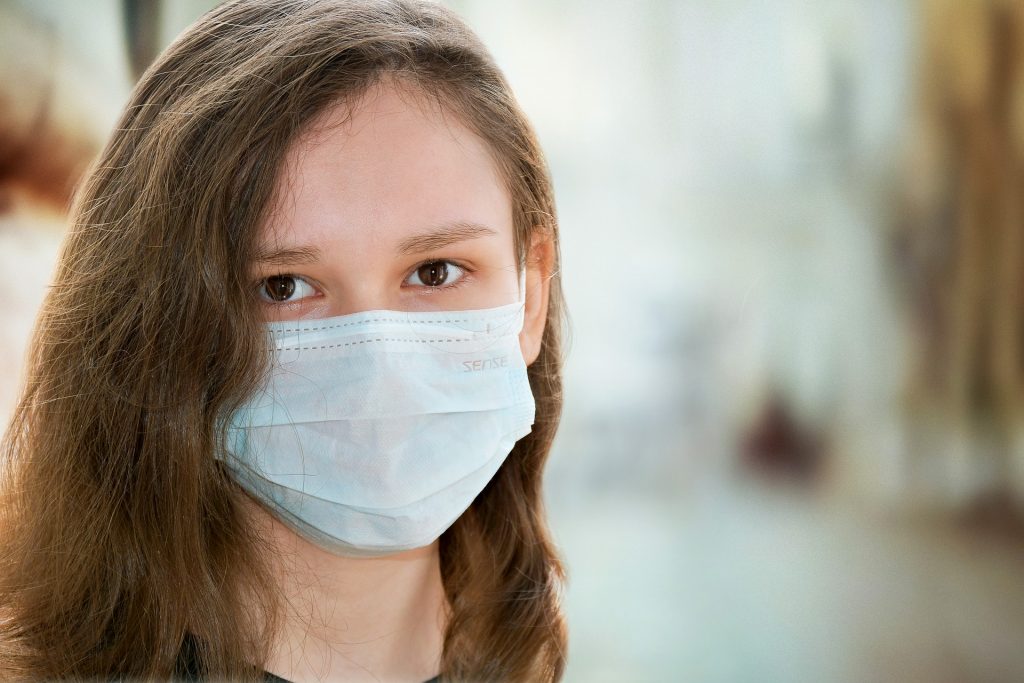Since SARS-CoV-2 made its appearance in late 2019, multiple neuro-ophthalmological complications have been described as occurring in association with acute respiratory syndrome from COVID-19.
Although the most common symptoms of this new disease include fever, cough, fatigue and shortness of breath, it is now known that COVID-19 is not a purely respiratory disease.
Indeed, the virus can produce a wide range of manifestations related to acute heart disease, acute kidney damage, vasculopathy, coagulopathy, the presence of elevated inflammatory markers and neurological damage.
The neuro-ophthalmological conditions noted are also varied and may appear during the course of the infection or during the recovery phase. The conditions described may be the result of a number of pathophysiological mechanisms that have yet to be elucidated. However, they tend to fall within three general categories: post-viral inflammatory syndrome, sequelae of a proinflammatory state with hypercoagulability and cytokine storm, and systemic abnormalities including hypoxia and severe hypertension.
In particular, the most common neuro-ophthalmological complications of COVID-19 include optic nerve dysfunction, eye movement abnormalities and visual field defects.

Optic neuritis
Cases of optic neuritis have been described in patients with a proven SARS-Cov-2 infection.
Myelin oligodendrocyte glycoprotein (MOG) antibody positivity has been reported among patients with presumed or confirmed COVID-19 infection. Presumably, the coronavirus infection triggered an autoimmune response in these patients with the production of MOG antibodies, but it is still unclear whether the virus is able to trigger this process or whether it leads to a predisposition to the disease.
Another case of optic neuritis, described in the literature, was associated with other neurological deficits and consistent with acute disseminated encephalomyelitis.
Cranial nerve palsies
Diplopia and ptosis have been described in some patients immediately after the diagnosis of COVID-19. It has been reported that in several patients the ocular motor deficits disappeared within a few days after the typical symptoms of infection had resolved. The ocular motility deficits observed were associated with paresthesias and hyporeflexia, suggesting the presence of the Miller-Fisher variant of Guillain Barré syndrome.
Myasthenia gravis has been diagnosed in some patients, with the presence of antibodies against acetylcholine receptors. As in the case of optic neuritis, it has been hypothesised that COVID-19 may be a predisposition of individual patients to autoimmune processes.
SARS-CoV-2 infection has also been associated with a state of increased coagulation, with the development of cerebral venous sinus thrombosis, which can increase intracranial pressure, affecting the sixth cranial nerve and papilledema.
Finally, conjunctival chemosis was observed in patients with severe infection and significant ocular exudate.
Eye movement abnormalities and nystagmus
Oscillosia has been described in several clinical cases in association with ataxia and myoclonus, usually in the context of encephalopathy and following severe systemic involvement due to SARS-CoV-2 infection. These patients had cerebellar lesions on magnetic resonance imaging, compatible with post-infectious immune-mediated rhomboencephalitis. A single case of opsoclonus ataxia and a case of ocular bobbing atypical.
Visual field defects
Stroke, especially in the younger population, was one of the most notable and devastating neurological complications of COVID-19. As a result of occipital lobe involvement, visual field defects have been documented and Visual Snow Syndrome in several patients.
Reversible posterior encephalopathy syndrome (PRES), which can result in transient visual field defects, has also been reported in patients with new coronavirus disease.
There was one report of hallucinatory palinopsia in a patient with PRES due to SARS-Cov-2 infection, with involvement of the parieto-occipital lobes, detected by MRI.
Bibliography
Dr. Carmelo Chines
Direttore responsabile
